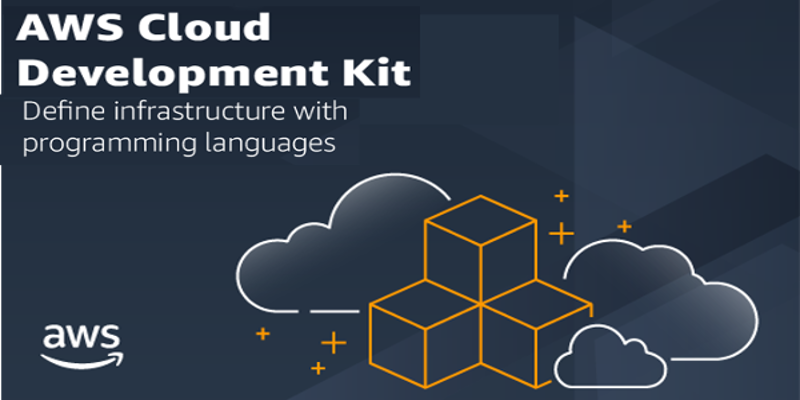AWS Developer Tools Blog
Tag: CloudFormation
Experimental construct libraries are now available in AWS CDK v2
The AWS CDK v2 experimental APIs are now available as separate packages, in addition to the existing stable APIs. The AWS Cloud Development Kit (AWS CDK) is an open-source software development framework to model and provision your cloud application resources using familiar programming languages. With the AWS CDK, you can define your infrastructure as code […]
How Vendia leverages the AWS CDK to dynamically provision cloud infrastructure
In this guest post, Ryan Green, senior software engineer, explains how Vendia uses the AWS Cloud Development Kit (AWS CDK) and AWS CloudFormation to dynamically provision cloud infrastructure on behalf of their customers. Abstract Vendia enables organizations to securely share data and code across regions, accounts, and clouds at scale. Vendia Unis, or Universal Apps, […]
Deploying AWS Step Functions using GitHub Actions
In order to achieve repeatable, secure, and automated deployments, it is necessary to set up a CI/CD pipeline. Typically, the CI/CD pipeline will lint configurations, build, test, and deploy your code and infrastructure using one seamless process. A common best practice for deploying your infrastructure and code to AWS is to tie into a source […]
Migrating CloudFormation templates to the AWS Cloud Development Kit
AWS CloudFormation gives developers and systems administrators an easy way to create and manage a collection of related AWS resources, provisioning and updating them in an orderly and predictable fashion. You can use AWS CloudFormation’s sample templates or create your own templates to describe the AWS resources, and any associated dependencies or runtime parameters, required […]
Handling arbitrary HTTP requests in Amazon API Gateway
In this post, I walk you through the steps to build a serverless web application that can accept arbitrary HTTP requests and use custom logic to return arbitrary responses. The concepts in this post are applicable to any situation where you require flexible control over the HTTP requests received and returned by an application that uses […]
Testing infrastructure with the AWS Cloud Development Kit (CDK)
The AWS Cloud Development Kit (CDK) allows you to describe your application’s infrastructure using a general-purpose programming language, such as TypeScript, JavaScript or Python. This opens up familiar avenues for working with your infrastructure, such as using your favorite IDE, getting the benefit of autocomplete, creating abstractions in a familiar way, distributing them using your […]
Serverless data engineering at Zalando with the AWS CDK
This blog was authored by Viacheslav Inozemtsev, Data Engineer at Zalando, an active user of the serverless technologies in AWS, and an early adopter of the AWS Cloud Development Kit. Infrastructure is extremely important for any system, but it usually doesn’t carry business logic. It’s also hard to manage and track. Scripts and templates […]
AWS CDK for .NET
AWS CDK for .NET The AWS Cloud Development Kit (AWS CDK) Developer Preview now has support for .NET! The AWS CDK is a software development framework to define cloud infrastructure as code and provision it through AWS CloudFormation. This provides familiarity, IDE and tools support, and flexibility that are unavailable when using static text definitions. […]
AWS CDK Developer Preview
We are thrilled to announce the AWS Cloud Development Kit (CDK) Developer Preview release for TypeScript, JavaScript, and Java; with .NET, and Python coming soon. The AWS CDK is a software development framework to define cloud infrastructure as code and provision it through CloudFormation. The CDK integrates fully with AWS services and offers a higher-level […]
Creating and Deploying a Serverless Web Application with CloudFormation and Ember.js
Serverless computing enables you to build scalable and cost-effective applications that scale up or down automatically without provisioning, scaling, and managing servers. You can use AWS Lambda to execute your back-end application code, Amazon API Gateway for a fully managed service to create, publish, maintain, monitor, and secure your REST API, and Amazon S3 to […]





